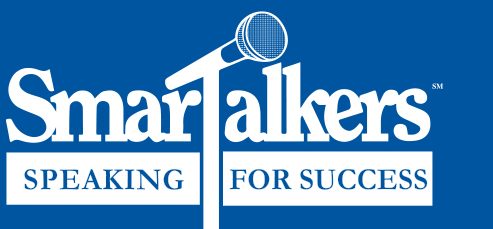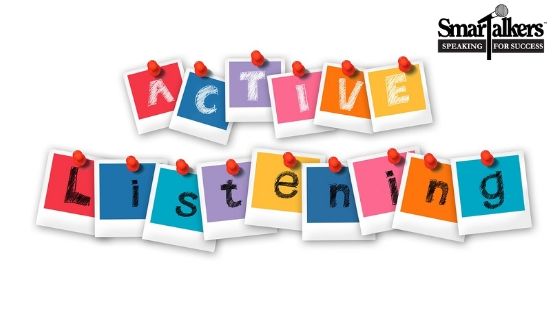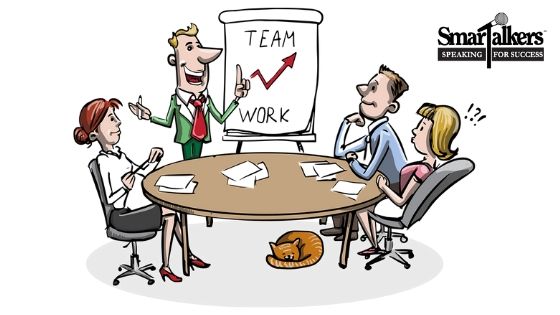
One of the most common concerns of my coaching clients involves how to effectively present to senior executives. Here are a few tips to help you the next time you have the opportunity.
- Summarize upfront: Say you’re given 30 minutes to present. When creating your opening statement, pretend your whole time slot got cut to 5 minutes. Lead with all the information your audience really cares about such as: high-level findings, conclusions, recommendations, call to action. State those points clearly and succinctly in your opening statement, then move on to supporting data, and material that’s peripherally relevant.
- Set expectations: Let the audience know you’ll be spending your first few minutes presenting your summary and the rest of the time on discussion.
- Create summary slides: When making your slide deck, place a short overview of key points at the front; the rest of your slides should serve as an appendix. Follow the 10% rule: If your appendix is 20 slides, create 2 summary slides. After you present the summary, let the group drive the conversation, and refer to appendix slides as relevant questions and comments come up.
- Give them what they asked for: This time-pressed group of senior executives invited you to speak because they felt you could supply missing or valuable information on the topic. Answer that specific request directly and quickly.
- Rehearse: Run your talk and slides by a colleague who will serve as an honest coach. If possible, find someone who’s had success getting ideas adopted at the executive level.
Public speaking and communication skills are the primary skills SmarTalkers can provide through our coaching and training opportunities.
Visit our website www.smartalkers.com or contact Wendy Warman wendy@smartalkers.com for more information.









